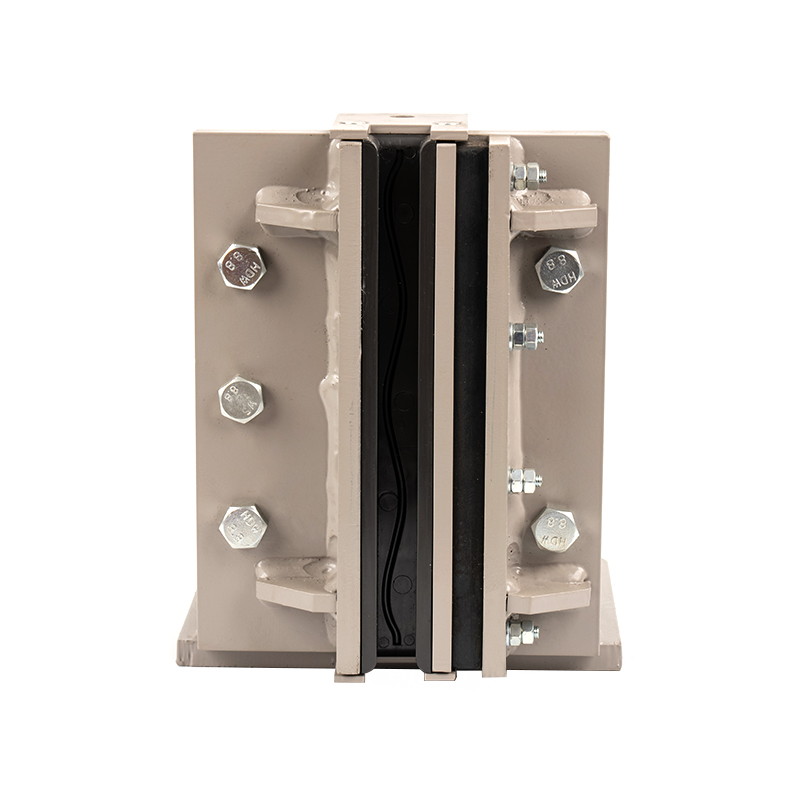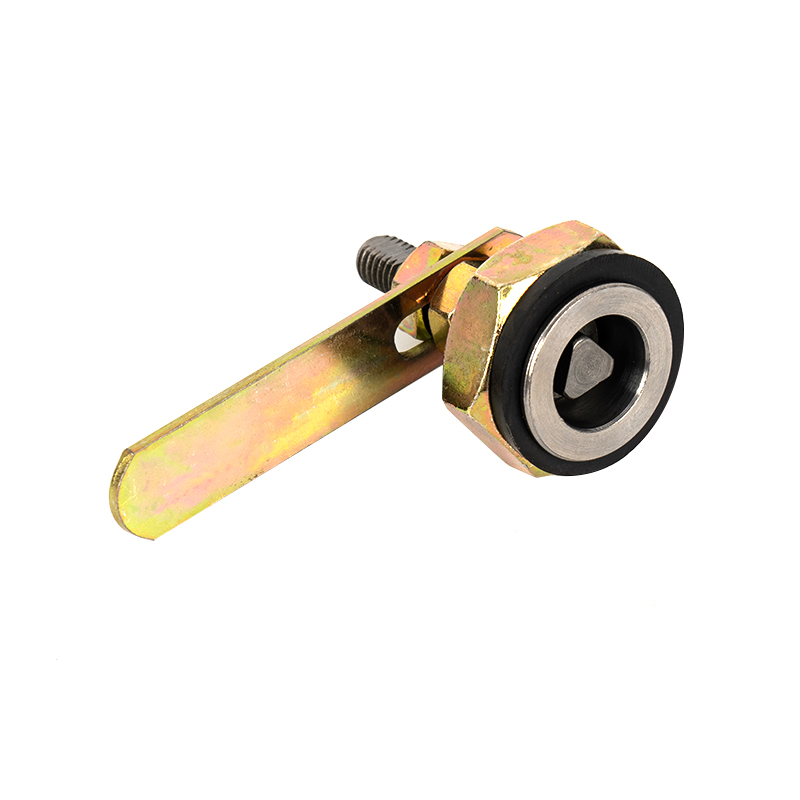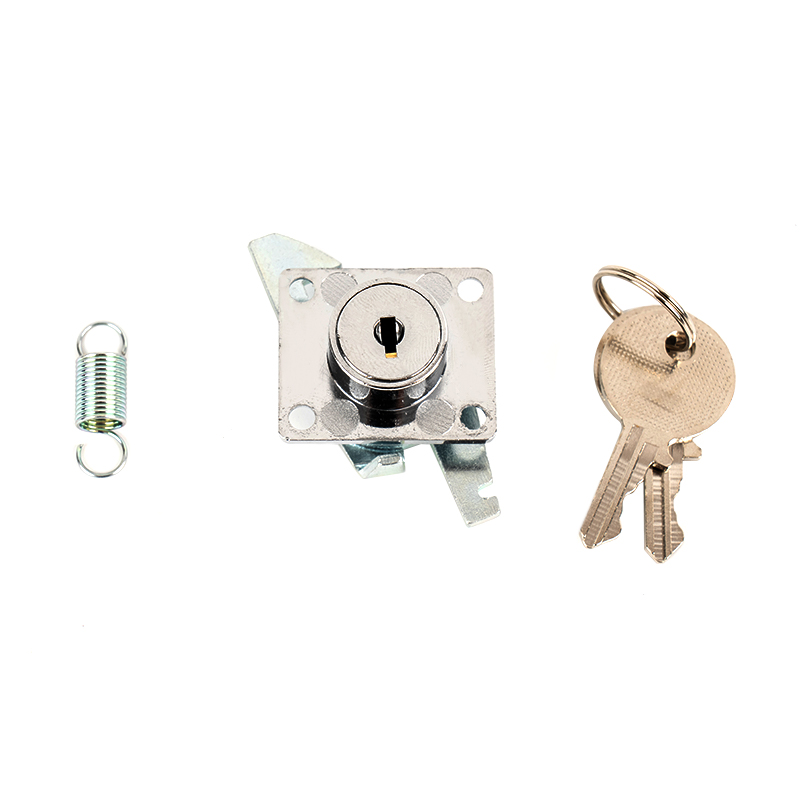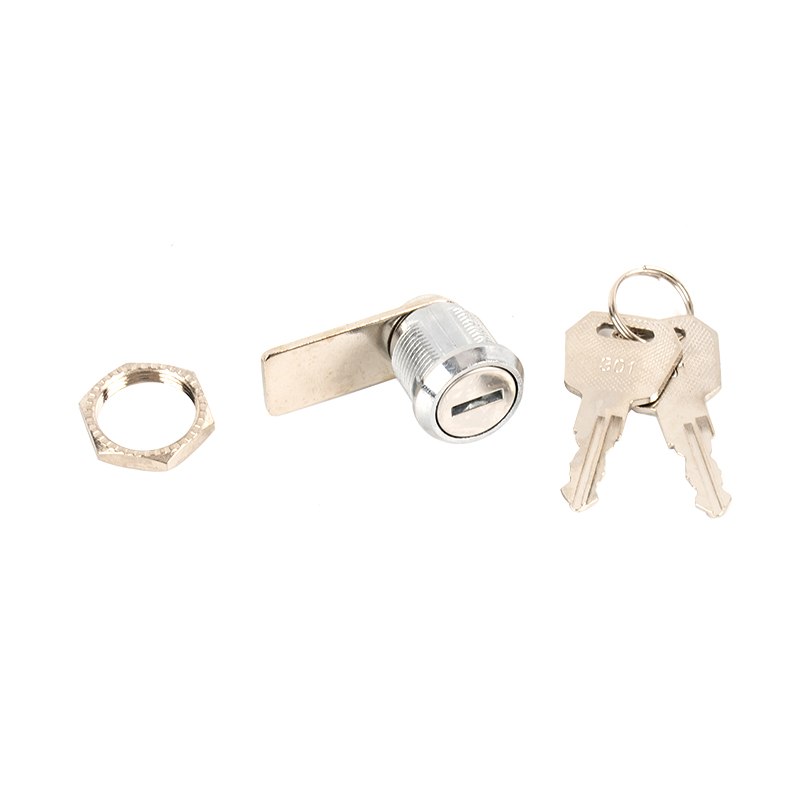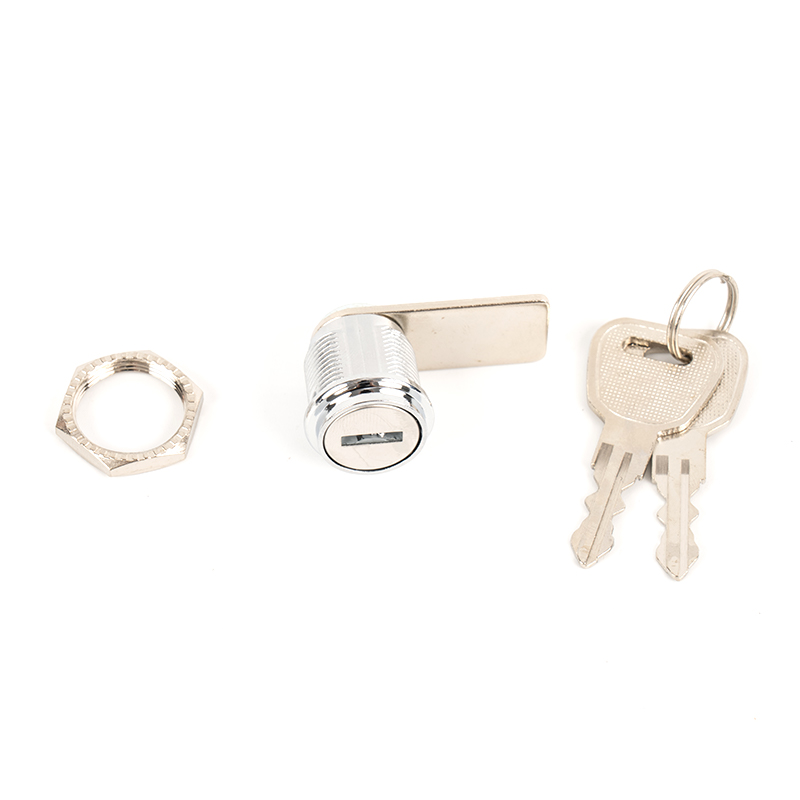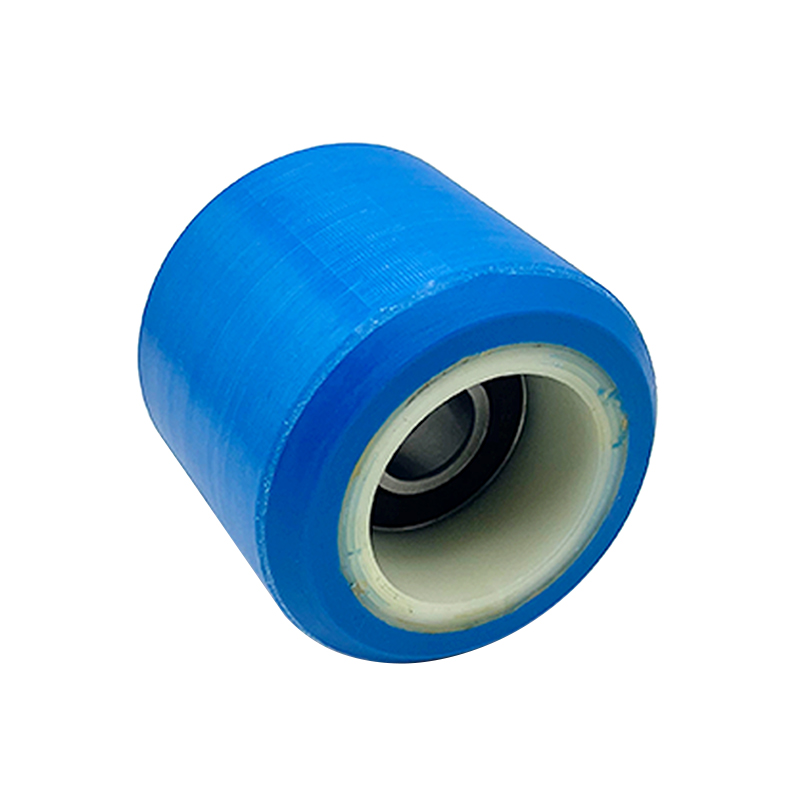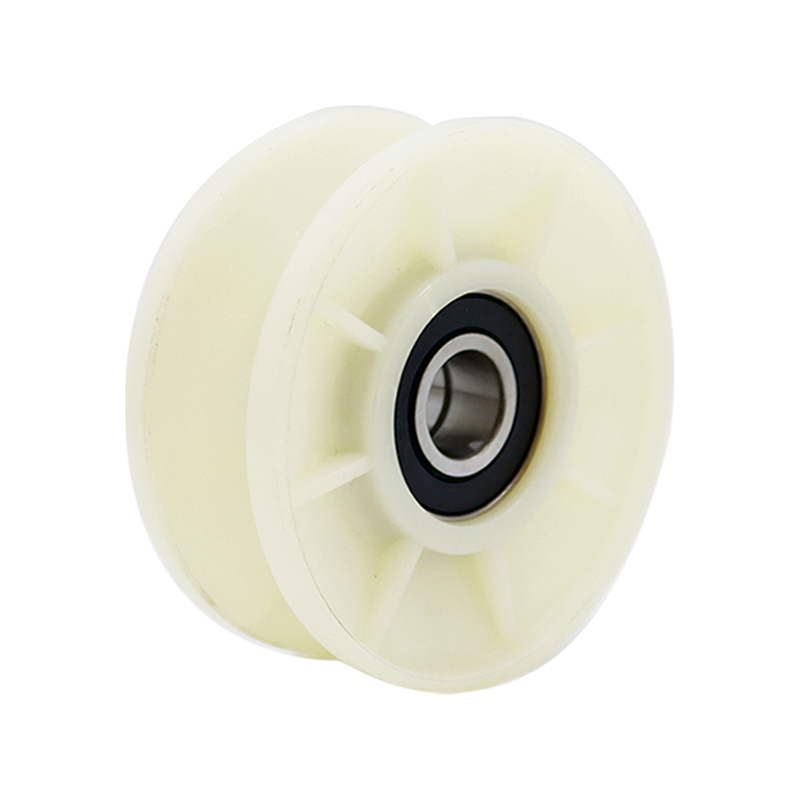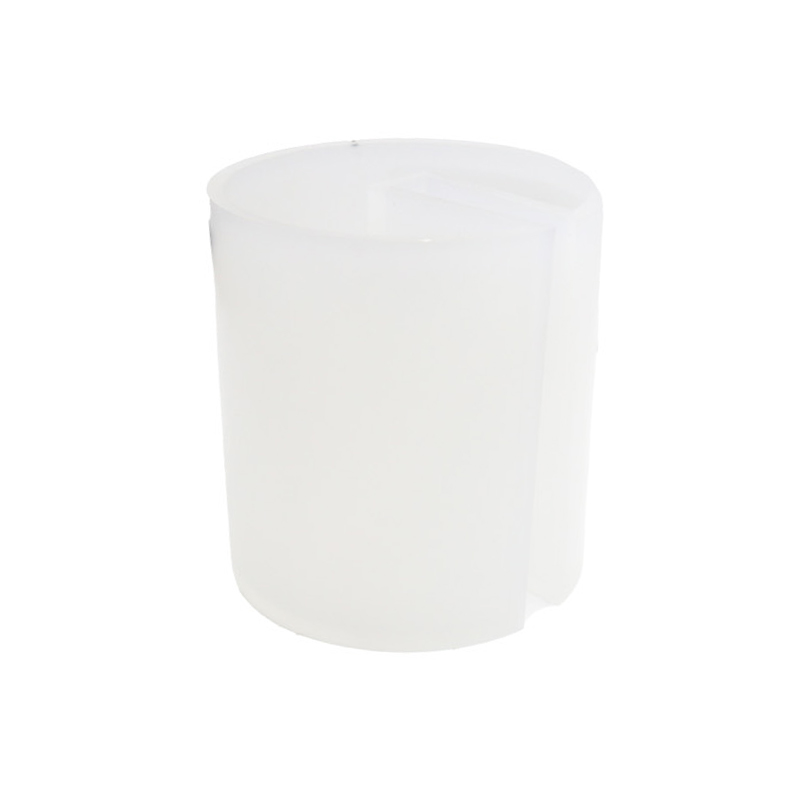Elevator oil cups are specialized lubricating devices for key moving parts, such as elevator hoisting machines and guide rails. Their core function is to store and slowly release lubricant, ensuring continuous and optimal lubrication of mechanical components and reducing metal-to-metal friction losses. These cup-shaped containers, typically made of copper alloy or engineering plastic, evenly distribute lubricant to contact surfaces like the wire rope and guide rails through capillary action or gravity feed. Their design is directly related to elevator operation smoothness and component life.
Structurally, elevator oil cups can be categorized as either open or sealed. Open cups are primarily used for guide rail lubrication, relying on the siphon effect of wool felt or cotton wicks for continuous oil flow. Sealed cups are commonly found in hoisting machine bearings and employ a pressure-compensating design to prevent lubricant leakage.
When using elevator oil cups, particular attention must be paid to oil compatibility: mineral and synthetic oils cannot be mixed, and lubricant viscosities must be selected based on the frequency of elevator operation (e.g., the difference between residential and commercial elevators). According to GB/T 22562-2008, the oil supply rate of the oil cup should be maintained within the range of 5-15ml/day to avoid dry grinding due to lack of oil and prevent excessive oil leakage from contaminating the wellbore.


 English
English 中文简体
中文简体
